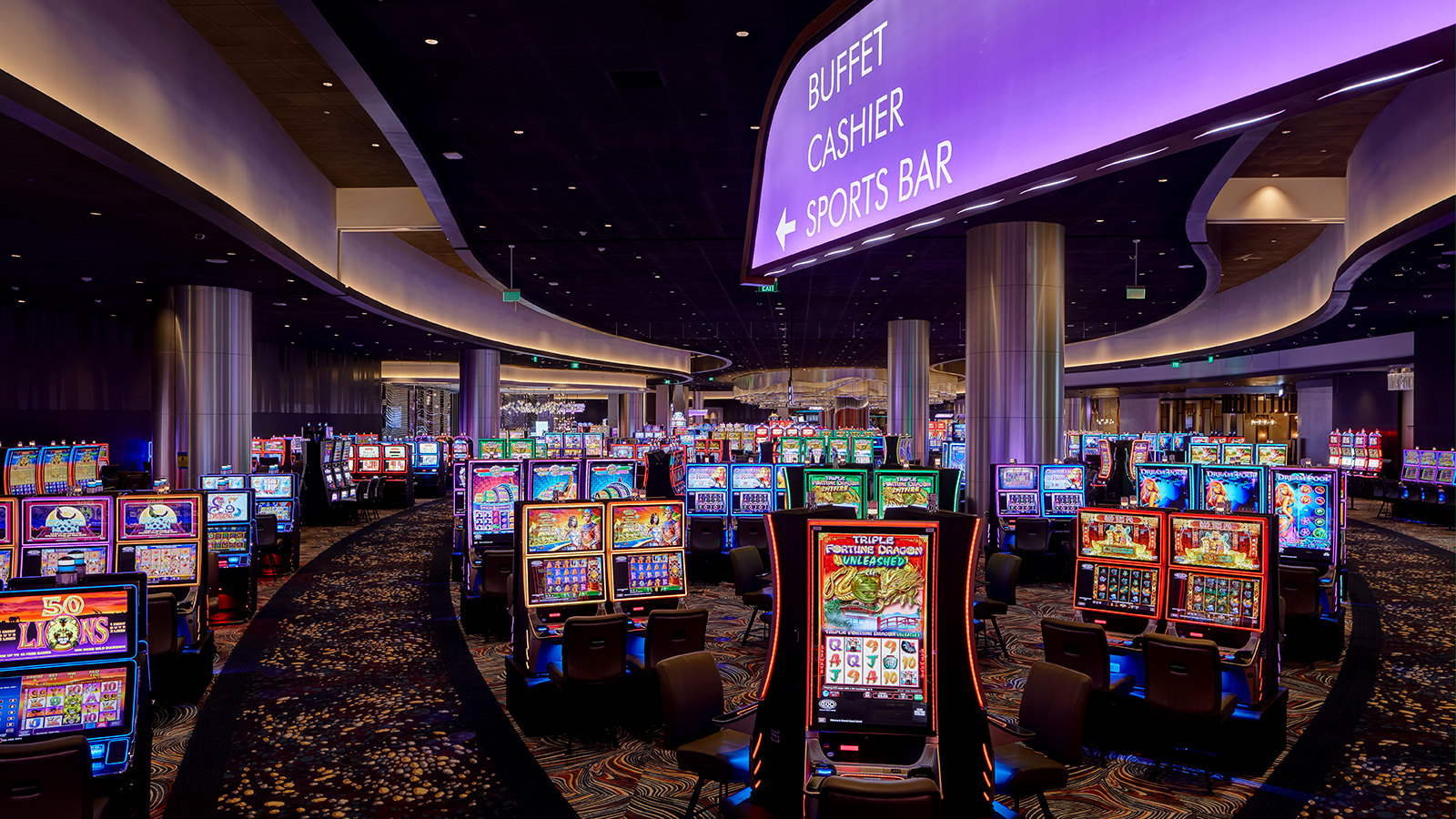Emerald Queen Casino & Hotel - Aecon Buildings, Inc. This project took over a year, spanned three different buildings and a parking structure, and ended up being one of the biggest projects that we have ever done. All of our products were used the renovation and upgrade of the garage, casinos and hotel. Check out their website here. Emerald Queen Hotel & Casino Addition. Fircrest Greens. French & Evergreen Theatres Seismic Upgrade and Renovation. Garage + Storage. Great Wolf Lodge. Hailey Apartments.
| Total population | |
|---|---|
| (4,000 (2500 on the reservation)) | |
| Regions with significant populations | |
| United States (Washington) | |
| Languages | |
| English, Lushootseed | |
| Related ethnic groups | |
| other Salishan peoples |
The Puyallup or S’Puyalupubsh (“generous and welcoming behavior to all people (friends and strangers) who enter our lands.”) are a federally recognized Coast SalishNative Americantribe from western Washington state, U.S.A. They were forcibly relocated onto reservation lands in what is today Tacoma, Washington, in late 1854, after signing the Treaty of Medicine Creek with the United States. Today they have an enrolled population of 4,000, of whom 2500 live on the reservation.
The Puyallup Indian Reservation (Lua error in Module:Coordinates at line 668: callParserFunction: function '#coordinates' was not found.) today is one of the most urban Indian reservations in the United States. It is located primarily in northern Pierce County, with a very small part extending north into the city of Federal Way, in King County. Parts of seven communities in the Tacoma metropolitan area extend onto reservation land; in addition the tribe controls off-reservation trust land.
In decreasing order of included population, the communities are Tacoma, Waller, Fife, Milton, Edgewood, Puyallup, and Federal Way. The reservation has a land area of 73.935 km² (28.547 sq mi), and a 2000 census resident population of 41,341 persons. These are predominantly non-Native Americans. The tribe has 4,000 enrolled members, of whom 2500 live on the reservation.
According to the census, more than 72 percent of the residents within the reservation boundaries identified as only Caucasian (European-American), and 3.2 percent identify as solely of Native American ancestry. The Puyallup, as with other Native American tribes, have long assimilated other ethnicities through intermarriage and adoption. They have brought up ethnically mixed children to identify with the tribe, both culturally and ethnically.
- 2Government
- 3Economic development

History
The Puyallup tribe originally spoke the Puyallup Nisqually language of the Salishan family of languages, predominant among Northwest Coast indigenous peoples. They share a culture similar to that of other Northwest tribes, with a diet that depended on fishing salmon and other regional fish.
From the mid-nineteenth century, European Americans began to enter the area in greater numbers. The United States wanted to enable development of lands and settlement by these people. They arranged with the Puyallup and several other tribes, under the Treaty of Medicine Creek (1854), for the tribes to cede land to the US and go to the more restricted area of a reservation. This was initially designated for residence only by tribal members. The Puyallup and United States representatives had such different conceptions of property that they did not fully understand each other's position. While the tribe lost most of its historic territory, it retained rights for fishing, hunting and gathering on that land.
With a land area of 73.935 km² (28.547 sq mi), its reservation is one of the largest in the Northwest. Due to land sales at a time when land was distributed to householders and other developments, neighboring jurisdictions have territory within the reservation. The total population within the reservation is predominantly non-Native and not tribal members, according to the 2000 census.

Government
In 1936 the Tribal Government was formed under the Wheeler Howard Act (also known as the Indian Reorganization Act), authorizing Native American tribes to re-establish their governments. The tribe wrote a constitution creating an elected government of representation at the Tribal Council, supported by a Tribal Court for certain level of issues among its tribal members.
Tribal Council
The tribal council is an elected body of seven people who oversee the operation of all the tribal programs. The Tribal Council is vested with power to govern by the Constitution. The Council acts as both the legislative and administrative bodies of the government. Members are elected by the general membership for three-year terms.
The tribe operates numerous programs that are open to the public beyond enrolled members. The current council members and their profiles are found at 'Tribal Council. Among its programs, the tribe operates the Chief Leschi School for tribal children.
The tribe at large also elects a chairman, who works directly with the Council. The current chairman of the Puyallup Tribe is Bill Sterud.

Tribal Court
The Tribal Court and Children's Court (hereinafter “Court”) were established by the Puyallup Tribe's Constitution. The court's mission is to apply the written laws of its legislature, while recognizing the inherent customs and traditions of its people. The Court is devoted to protecting people's due process rights. The tribe explicitly works to protect children and elders, “who are considered sacred”. The Court's Chief Justice is Darwin Long Fox. The schedule and makeup of the Tribal Court can be found at this website: 'Tribal Court', Puyallup Tribe.
Economic development
Emerald Queen Casino Renovation Ideas
Initially the federal government wanted Native Americans to develop the family farms then typical of European Americans. This was not a concept that the Puyallup were comfortable adopting. They remained deeply involved in fishing, which constituted such an important part of their culture that it is surrounded by ritual and spirituality.
With economic and social changes in the twentieth and twenty-first centuries, the tribe needed to develop other sources of employment and income than farming for its people. In the twentieth century, the tribe generated income through cigarette sales; they could sell them at a lower price and tax-free to non-Natives, as their reservation is sovereign territory and they do not need to pay state taxes from their businesses. In recent years,[when?] the tribe signed an agreement with the State of Washington to sell cigarettes with taxes paid. The tribe and the state have a sharing of tax revenue collected from sales of cigarettes.
Casino history
Since the late twentieth century, numerous states have used gambling, based on lotteries and other methods, as a source of revenue to support programs wanted by taxpayers. Changes in federal law and negotiations with such states have enabled federally recognized tribes on many reservations to establish bingo and other gambling facilities to generate revenue.
Searching for new revenues and employment for its people, the Puyallup opened the Emerald Queen Casino in 1996 on a paddlewheelriverboat, the Emerald Queen, which it berthed in the Port of Tacoma. In 2004, as part of an agreement with the Port to accommodate further commercial development of the waterway, the tribe closed the operation on the boat and its shore-side property. The Emerald Queen riverboat is still located at the site but is closed indefinitely.
The tribe has developed related gaming and entertainment facilities in two other locations, keeping the name Emerald Queen Casino for its overall operation. In the 21st century, a majority of the tribe's income is generated from the gambling casinos and related restaurant, retail and hotel facilities.
In total area, the casino is one of the largest[clarification needed] in Washington state. It has locations in both Tacoma and Fife. The Tacoma location, also known as the Interstate 5 (I-5) location, includes the casino, a restaurant and buffet, a nightclub, and an entertainment venue. A majority of the casino is located in a large tent structure. Originally intended as a temporary facility, the tent has continued to be used pending other development. The permanent structure of the casino is located in the old Puyallup Bingo Hall. The I-5 location opened originally in 2001, and the tent addition was opened in 2004.
The Fife location includes a casino and a 140-room hotel. The tribe adapted a Best Western hotel for these purposes after purchasing the building in 2004. After renovation, the casino was opened in early 2005. The tribe undertook a major expansion in summer 2007, building two parking garages, a pool, a spa, new administrative towers, a ballroom, and a larger gaming area. The casino's restaurant, formerly named the Pacific Rim, was moved to the south tower and renamed the Tatoosh Grill. What is now the Pacific Rim Buffet is located on the ground floor of the tower.
Other ventures

The Puyallup Tribe has used its economic development branch, Marine View Ventures, to expand into operating several gas stations on the reservation. In the early 21st century, it was using gambling revenues to invest in a partnership for a large container facility at the Port of Tacoma. When completed, it will be the largest such facility in the Northwest and will connect the tribe to the shipping trade.[1]
References
- ↑http://www.marineviewventures.com/news.php?nid=14
- Puyallup Reservation and Off-Reservation Trust Land, Washington United States Census Bureau
- Communities on the Puyallup Reservation, United States Census Bureau

External links
- Puyallup Tribe of Indians, official website
- Herbermann, Charles, ed. (1913). [https%3A%2F%2Fen.wikisource.org%2Fwiki%2FCatholic_Encyclopedia_%281913%29%2FPuyallup_Indians 'Puyallup Indians' ] Check
ws link in chapter=value (help). Catholic Encyclopedia. New York: Robert Appleton Company.<templatestyles src='Module:Citation/CS1/styles.css'></templatestyles>
Emerald Queen Casino & Hotel - Aecon Buildings, Inc.
Courtyard Marriot @ The Alaska Building - OPUS N.W.
First Baptist Church - Noble Development
White Stag Block (University of Oregon Portland Campus)
See those red doors on the 1st floor? Click here to see how we made them!